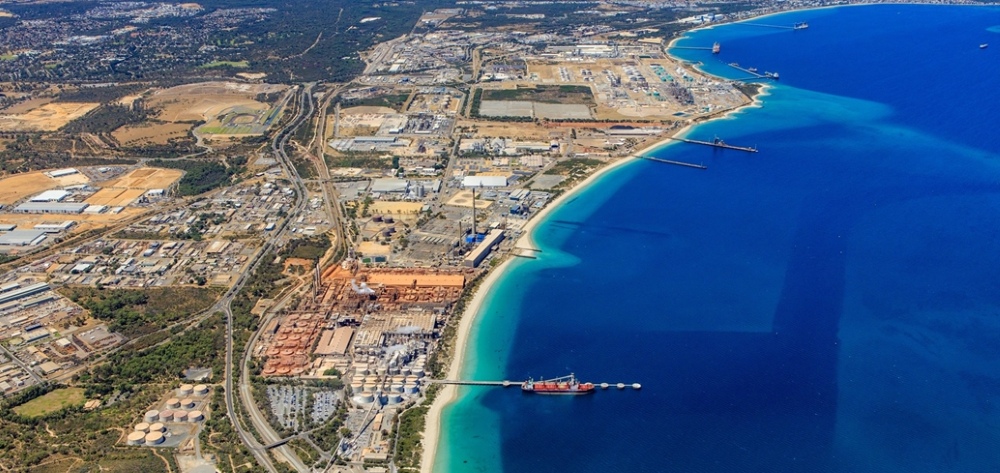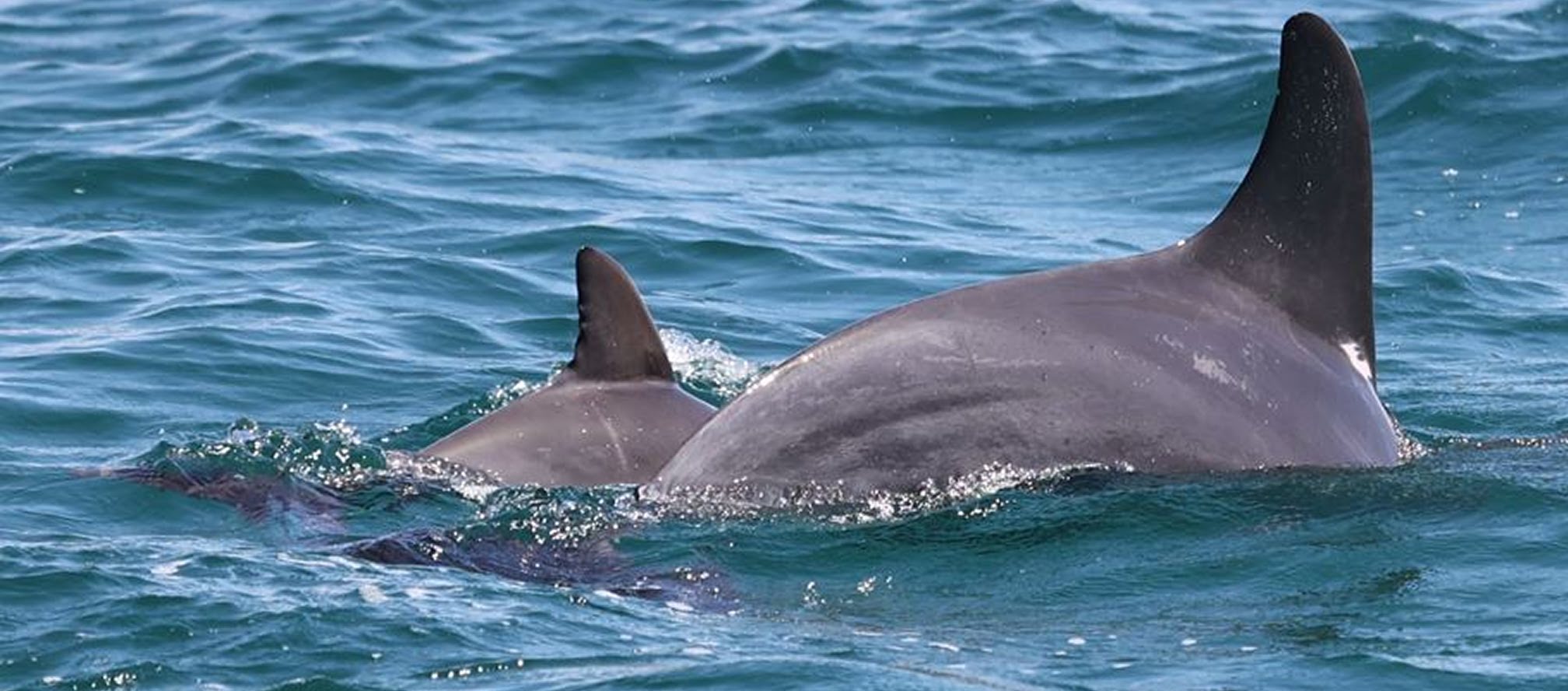
Westport has partnered with the Western Australian Marine Science Institution (WAMSI) to deliver the $13.5 million WAMSI-Westport Marine Science Program. This 3-year program is developing the latest data, information and modelling on the complex environmental systems and community values associated with Cockburn Sound.
Project 3.3: Baseline assessment of groundwater/surface water nitrogen flux into Cockburn Sound - Final report
Theme: Water and Sediment Quality
Researchers: Donn, M., Bekele, E., Wu, H., Prommer, H., Furness, A., Woodbury, R., Rayner, J., Davis, G. (2025).
Reviewing existing surface water and groundwater to assess conceptual hydrogeology and quantify groundwater fluxes to Cockburn Sound
In the past, surface water and groundwater contaminant inputs, especially nitrogen, have impacted negatively on the environmental values of the Sound. Changes to land use and activities in the sound have the potential for future impacts.
The project seeks to adequately assess and quantify the present-day groundwater and surface water flux into Cockburn Sound. The study undertook a review of existing surface water and groundwater data from various sources including industry, visual assessments, survey of porewater quality and utilised groundwater modelling approaches to assess conceptual hydrogeology and quantify groundwater fluxes to Cockburn Sound.
How Westport will use the report
Westport will use this report to inform its environmental management strategy and monitoring programs to support the long-term health of Cockburn Sound.

